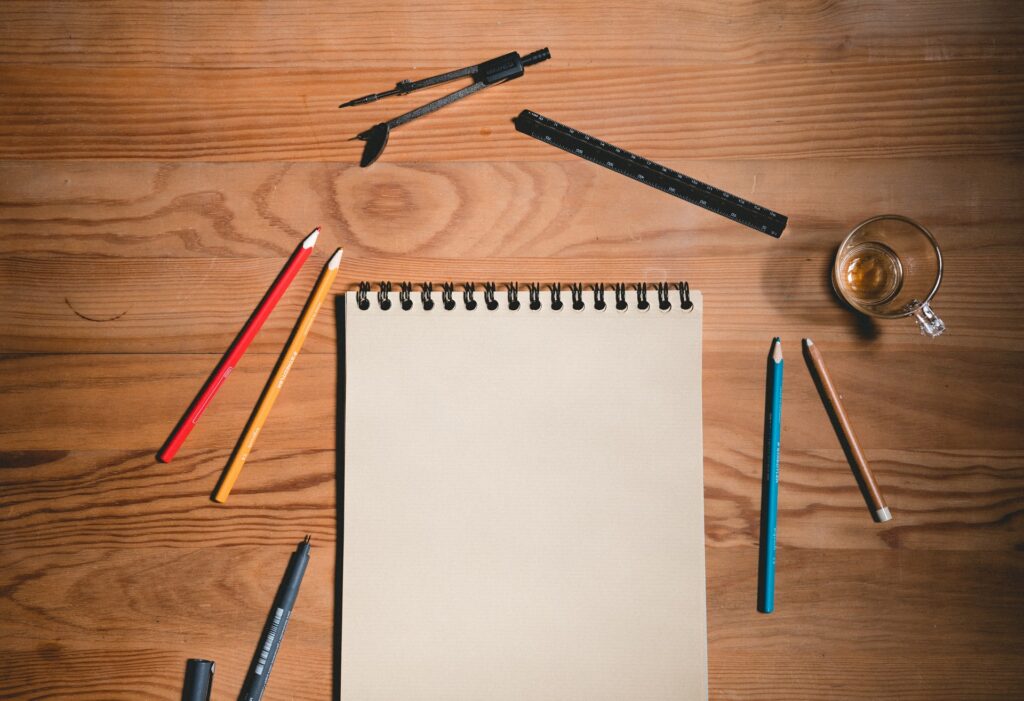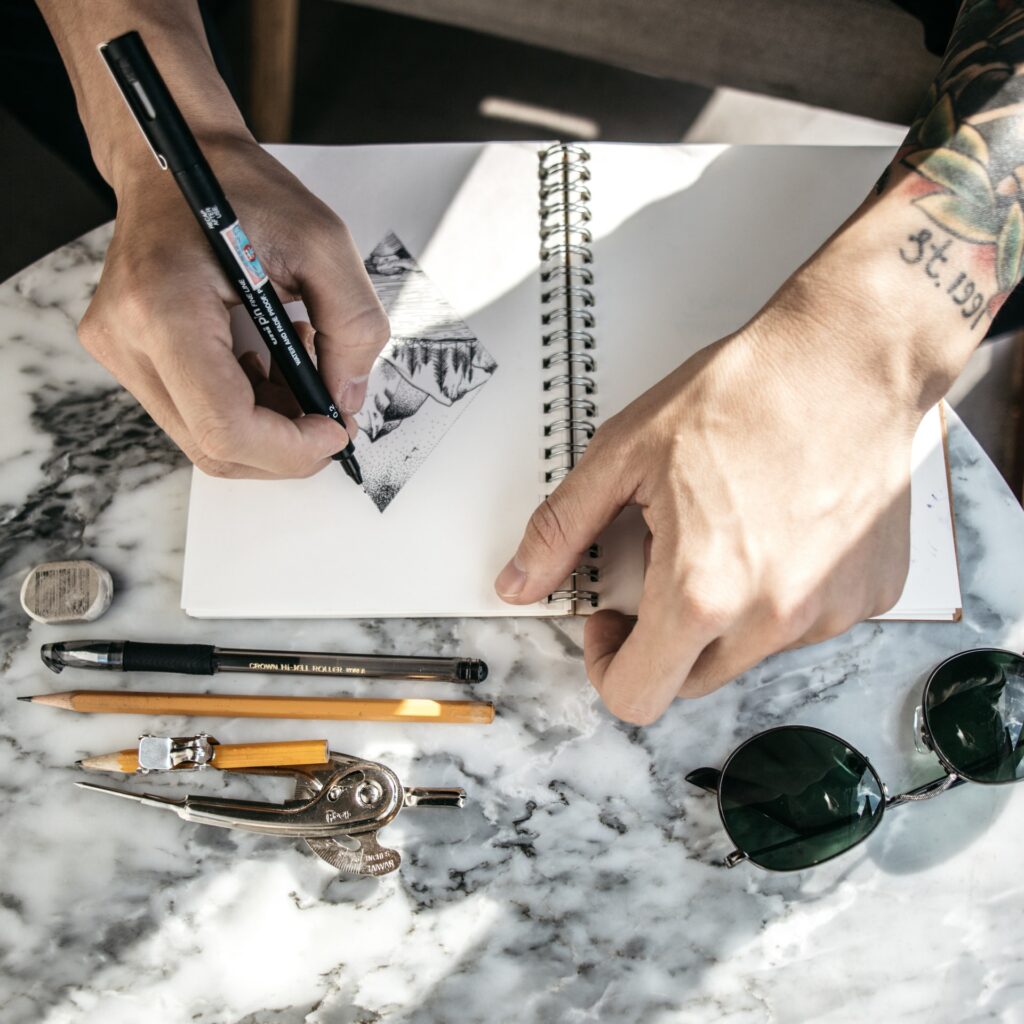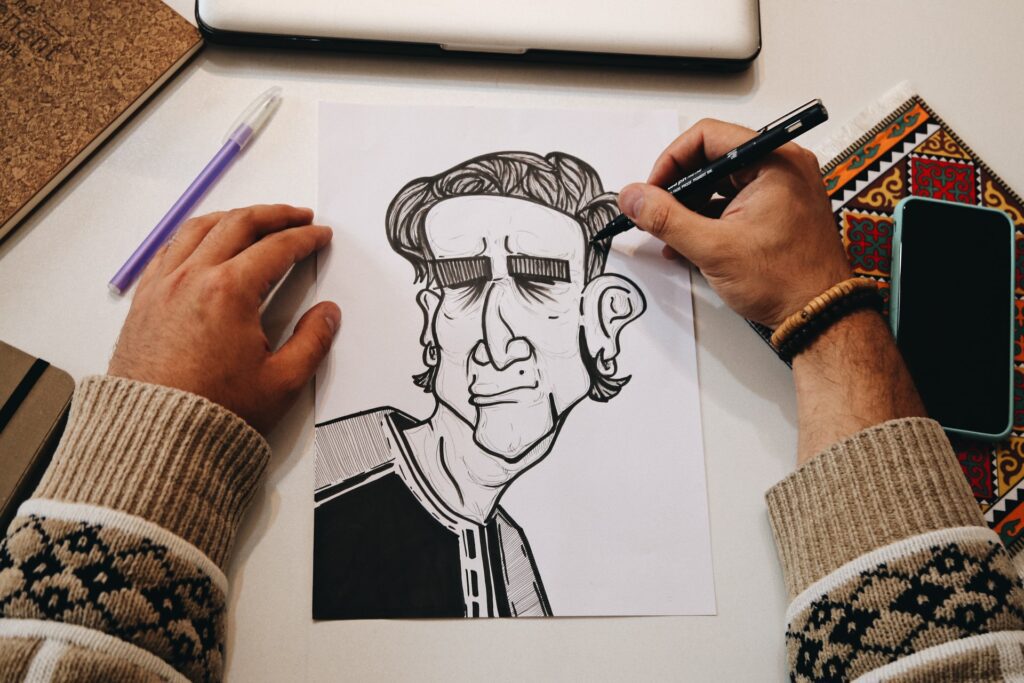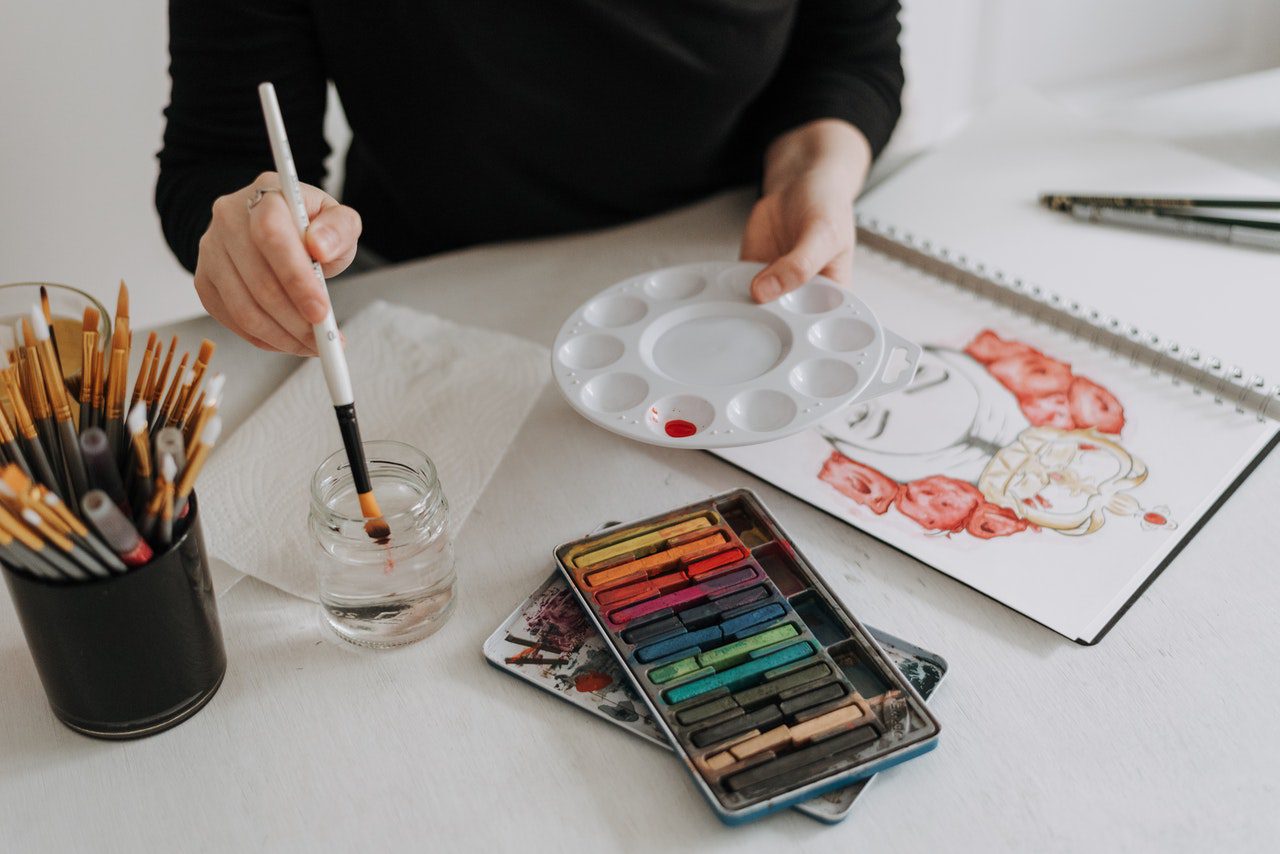Sketching or drawing are two therapeutic practices that many people indulge in. While you may do it because of the profession, some simply like to add stories and visuals in their journals. In addition, beginners wish to acquire prolific attributes to draw better. And, if you ask professionals or seasoned artists, they will ask you to follow your fingers and just draw. Some people are photographers or designers and do not understand the know-how of observational and technical acumen resulting from drawing. Furthermore, such a lack of observation leads to losing the drawer’s eye – an eye for details. So, how do you enhance it?
Drawing tends to slow your process. And, when you draw, you end up taking time to observe an object kept in front of you, analyze, and reproduce it. In short, you are not setting up to capture and move, then go to the following image. A drawer becomes quite aware of the proportion, color, and form. This further allows you to understand shadow and light and how these define and reveal form. Moving on, all of this awareness translates into a visual pursuit.

However, for people who want to get better when it comes to drawing, here are some recommendations and tips:
1.Go draw something and repeat.
The basic thumb rule says that practice results in improvement. Even professionals recommend a beginner to keep drawing. The more you practice, the more skills you will develop. Not only does this make sense, but it would be a shame for a drawer to think otherwise. For any craft that involves your brain or hands, it needs time and wild specimens. Consequently, plan on engaging to attempt.
2.Look at drawings.
Like writers read and write in various niches, artists need to follow a similar structure and example. Be it simple renderings or meticulous line drawings, one can simply learn a lot from observing other people’s work, contemplating how different artists used their shapes and lines. How did they add shades to their drawings? You need to ask all these questions initially.
3.Draw from drawings.
If somebody tells you that you should not copy a Da Vinci or any other sketch just because you won’t learn anything, ask them to relax. There are tons of new things you can learn while copying the legendary illustrations. Just like teachers teach us what they know, you would be following on the same trail. The only difference – it’s the art, and you need to draw it on a canvas yourself. You are your own teacher here.
4.Draw from photographs.

For many drawers and sketch artists, it is relatively easier to reproduce two-dimensional images. Instead, drawers do not look forward to reproducing a 3-D object, environment, and persons. However, the fact being, when a drawer works on photos, loof for edges, angles, and shapes. Do not indulge in tracing. Keep in mind that several images comprise distorted proportions, scale, and forms. Try using other photos as references. But, only pursue accurate proportions while drawing a specific sketch.
5.Draw from life.
If one is simply starting, try picking specific objects and shapes and work through to complex ones. If you have people around with pets, draw them out. Well, if that is not the case either, draw your living spaces and furniture. And, if this does not ring any bell, you need to look for what is close. If you love drinking coffee, draw a coffee mug. But, here’s a challenge, begin by drawing your hands. Feet and hands are two of the complex parts of your anatomy. Moreover, they are the most readily available subject matter to draw. If you can master these minor aspects of drawing, you have fewer steps to climb on a ladder.
6.Take a class.
Drawing is about how much you perceive and observe. If you can enroll in a class nearby, that would help significantly. In addition, watching others draw is ideal for building your skills. Check for local university extensions, YMCA, community adult school, or community college. Yet another source is one of your local art supply stores – a place where artists tend to post their meet-up notices, private instructions, and uninstructed sessions with models.
7.Keep a sketchbook
Keep a sketchbook with you at all times. This will remind you of grabbing your pen or pencil to draw something. Always be ready with your drawing gear, including pens, pencils, figure mannequins, and a sketchbook.
8.Be intentional

When you need to get better at drawing, it should be intentional. One should decide to commit to it. Drawers need to make up their mind on when to draw something. Designate a specific time in a week or day. If you want to succeed in particular skills, build and follow a habit of it.
Featured Image Credits: Pixabay







